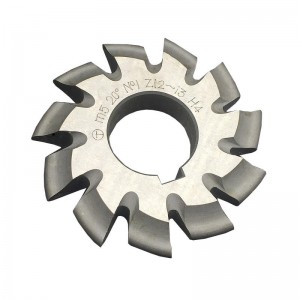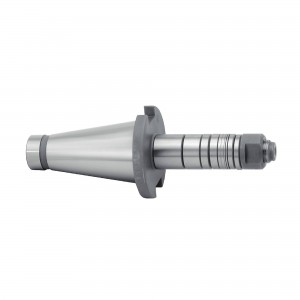Recommended Products
A side milling cutter is a versatile cutting tool predominantly used in metal machining processes. It is characterized by multiple blades and is specifically designed for milling operations on the side of a workpiece. This tool plays a crucial role in various manufacturing industries by facilitating efficient material removal and the creation of precise surfaces.
Functions:
1. Side Milling: The primary function of a side milling cutter is to perform milling operations on the side of a workpiece, resulting in the production of flat and accurately machined surfaces.
Cutting Protrusions: Side milling cutters excel in cutting protrusions or excess material from workpieces, enhancing surface smoothness and uniformity.
2. Enhanced Productivity: With multiple cutting edges, side milling cutters enable simultaneous cutting actions, significantly boosting productivity by completing numerous machining tasks swiftly.
Usage Instructions:
1. Select the Proper Tool: It is imperative to choose the appropriate side milling cutter based on factors such as the material composition, workpiece shape, and machining requirements.
Secure the Workpiece: Before commencing machining operations, securely fasten the workpiece on the machine tool to prevent any unintended movement or instability during the process.
2. Adjust Cutting Parameters: Fine-tune cutting parameters such as cutting speed, feed rate, and depth of cut according to the specific material properties and desired machining outcomes.
3. Perform Machining: Activate the machine tool and guide the side milling cutter along the predetermined cutting path to effectively remove material and achieve the desired surface finish.
4. Inspect Machining Quality: Upon completion of machining, thoroughly inspect the quality of the machined surfaces and dimensions of the workpiece to ensure they meet the required standards.
Precautions:
1. Safety First: Prioritize safety by wearing appropriate personal protective equipment, including safety glasses and earplugs, to mitigate risks associated with flying chips and noise generated during machining operations.
2. Regular Tool Inspection: Regularly inspect the side milling cutter for signs of wear or damage and promptly replace worn-out components to maintain machining precision and safety.
3. Optimize Cutting Conditions: Optimize cutting parameters to avoid excessive cutting forces and temperatures, which can lead to premature tool wear and compromise machining quality.
4. Ensure Workpiece Stability: Throughout the machining process, ensure the workpiece remains securely fixed on the machine tool to prevent any potential accidents resulting from workpiece displacement.
The side milling cutter serves as a vital tool in modern manufacturing, offering efficiency, precision, and versatility in a wide range of metal machining applications. By adhering to proper usage guidelines and safety precautions, manufacturers can harness the full potential of side milling cutters to achieve superior machining results.
Contact: jason@wayleading.com
Whatsapp: +8613666269798
Recommended Products
Post time: Jun-06-2024







